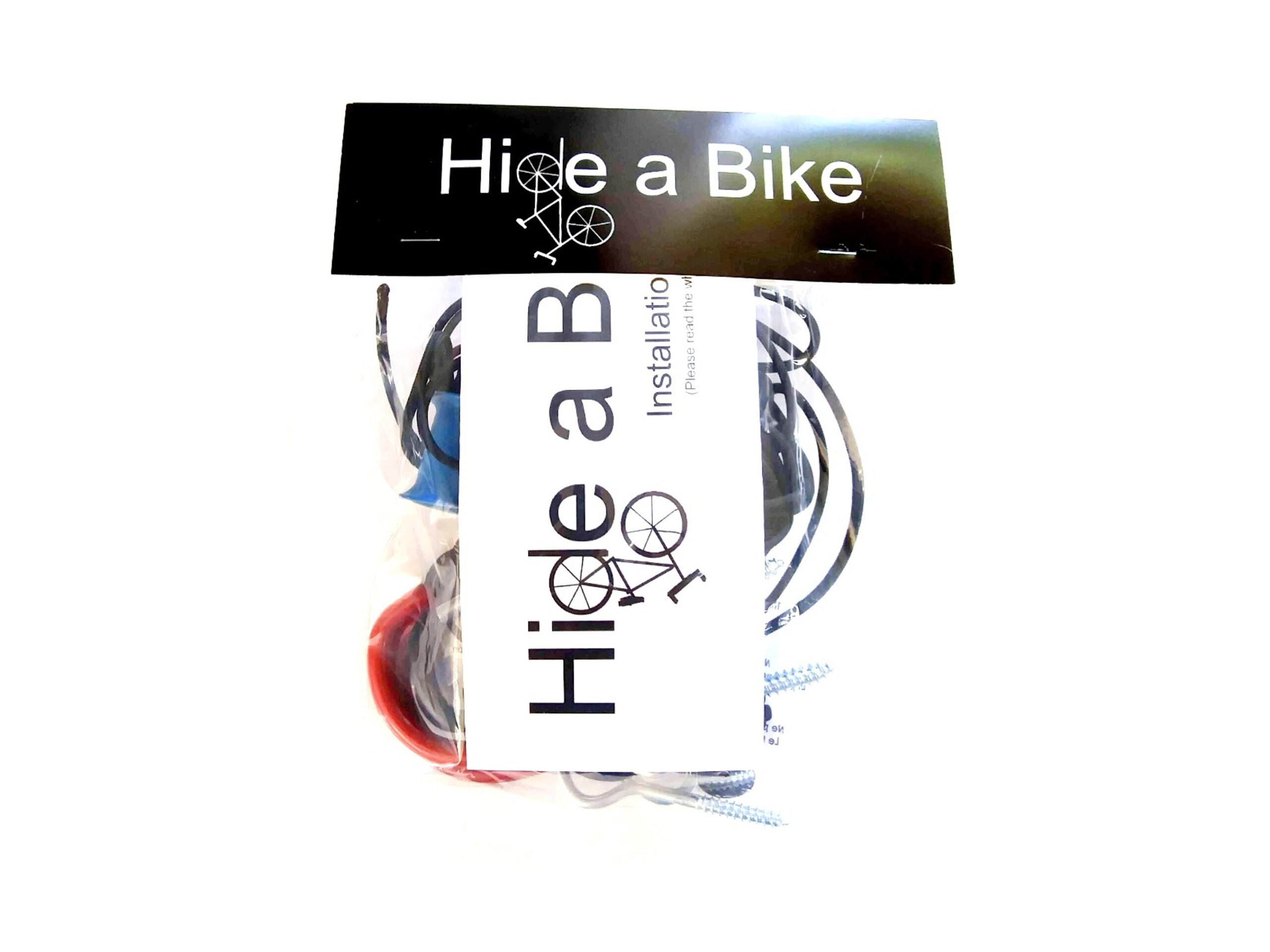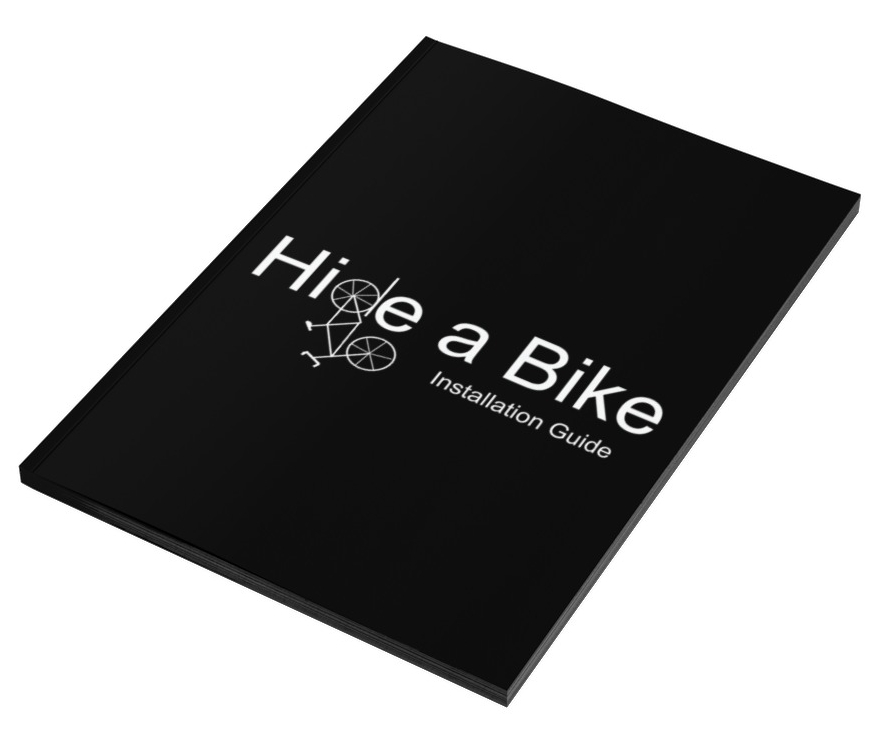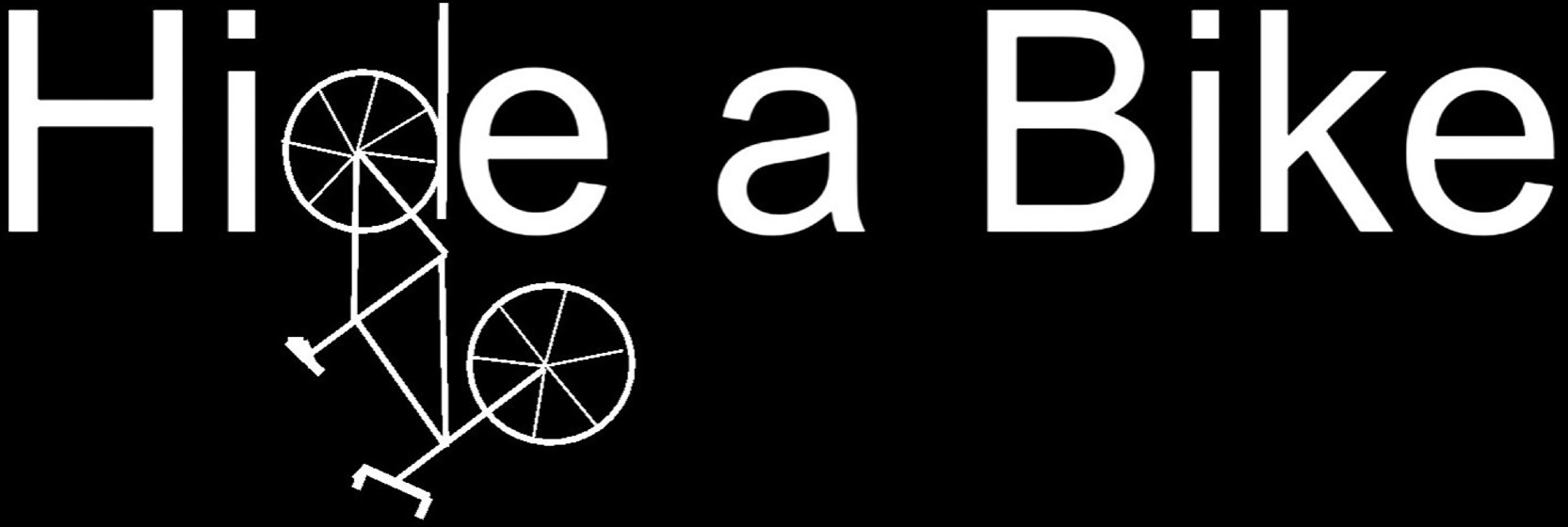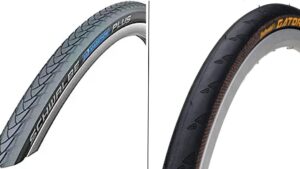Pros And Cons Of Tubed Tires Vs Tubeless Tires

Discover the best fit for your ride! Explore the pros and cons of tubeless vs. tubed tires for cyclists' needs.
*This article may contain affiliate ads that help to support this site*
Tires are the unsung heroes of cycling, dictating performance, comfort, and safety. The perennial debate between tubeless and tubed tires stirs among cyclists, each advocating for its distinct advantages. The choice between the two isn’t just about inflation methods—it’s a decision influencing ride quality, maintenance, and even cost. Tubeless tires promise reduced flats and enhanced traction, but their setup complexities and weight might deter some. Meanwhile, tubed tires, lighter and easier to maintain, face criticism for their susceptibility to flats. This article delves into the nuanced comparison between these tire types, aiming to guide cyclists through the maze of choices to suit their specific riding needs and preferences.
Pros And Cons Of Tubeless Tires
Pros:
Tubeless tires offer several enticing advantages for cyclists. Firstly, they significantly reduce the risk of flats. With no tube to pinch or puncture, these tires are more resistant to typical road debris, enhancing a rider’s confidence on varying terrains. Additionally, the ability to run at lower pressures provides improved traction, particularly in off-road conditions, allowing for better control and grip.
Another significant advantage is the lower rolling resistance inherent in tubeless tires. This can translate to a smoother and faster ride, offering a competitive edge, especially in road racing or high-speed cycling.
Moreover, the potential for self-sealing punctures is a remarkable benefit. The sealant inside the tire can quickly and effectively seal small punctures, ensuring the ride isn’t disrupted by minor issues.
Cons:
However, these advantages come with their share of drawbacks. The initial setup of tubeless tires often proves more challenging than traditional tubed tires. Mounting them on certain rims might require extra effort and expertise, making the initial setup a bit more complex.
Additionally, tubeless tires are generally heavier compared to their tubed counterparts. While the weight difference might not be significant for casual riders, competitive cyclists often prioritize every gram of weight on their bikes.
Furthermore, while smaller punctures are often self-sealed, larger punctures might pose sealing challenges. This can result in more complicated repairs, potentially requiring the intervention of a professional to fix the tire properly.
Pros And Cons Of Tubed Tires
Pros:
Tubed tires have their own set of advantages that cater to different preferences and cycling styles. One of the primary advantages is the ease of mounting and changing these tires. Their simplicity in terms of setup and maintenance makes them more accessible for many cyclists, especially those who prefer to handle their own repairs.
Tubed tires are generally lighter than their tubeless counterparts. This weight advantage can be crucial for competitive riders who seek every possible ounce of efficiency in their equipment.
Additionally, the straightforward nature of tubed tires makes them more affordable. The overall cost, from initial purchase to maintenance and replacement, tends to be lower compared to tubeless tires.
Cons:
However, tubed tires come with their own drawbacks. One significant disadvantage is their higher susceptibility to pinch flats. The inner tube is more vulnerable to being pinched between the tire and the rim, leading to flat tires, particularly when riding over rough or challenging terrains.
Furthermore, the traditional tubed tires are more prone to punctures compared to tubeless options. This vulnerability can lead to more frequent flats, potentially interrupting the cycling experience and requiring more frequent repairs.
Tubed tires have limited ability to run at lower pressures, which can affect traction and comfort, especially in off-road or mountain biking scenarios.
Performance Comparison
When comparing the performance of tubeless and tubed tires, several factors come into play. Tubeless tires generally excel in terms of reducing flats due to their self-sealing capability. Their ability to run at lower pressures offers improved traction, particularly on off-road trails or challenging terrains, providing a substantial advantage in control and grip.
Additionally, the lower rolling resistance of tubeless tires often translates to a smoother and faster ride, particularly in competitive scenarios.
Conversely, tubed tires, while simpler to set up and maintain, are more susceptible to flats. The inner tubes make them more prone to punctures and pinch flats, impacting the overall riding experience, especially on rough surfaces.

Hide A Bike Kit
Is your garage starting to become a mess? Save space by storing your bikes flat against the ceiling.
Maintenance And Repairs
Maintenance differs between the two tire types. Tubeless tires demand careful attention during the initial setup, ensuring proper sealing and compatibility with rims. However, once set up, they generally require less maintenance and offer hassle-free riding with reduced chances of flats. Repairs for small punctures are often self-manageable with sealant.
On the other hand, tubed tires, while easier to set up, demand more frequent attention and repairs due to their higher vulnerability to punctures and pinch flats. They require regular checks and are more prone to immediate deflation in case of a puncture, necessitating swift intervention and repair.
Cost Comparison
The cost consideration extends beyond the initial purchase. While tubeless tires might be heavier and costlier initially, they tend to have lower maintenance costs due to reduced punctures, providing a long-term cost advantage.
Conversely, tubed tires, although cheaper initially, may accumulate higher costs in terms of frequent replacements, patches, and inner tube purchases due to their susceptibility to flats.
Rider Experience
The choice between tubeless and tubed tires significantly impacts the rider experience. Tubeless tires offer a smoother, more controlled ride, especially on challenging terrains, and are favored by those who prioritize reduced flats and enhanced traction.
Tubed tires, while simpler and lighter, require more vigilant riding and maintenance. Their performance might be more suitable for casual riders or those prioritizing ease of repair and lower initial costs.
Ultimately, the choice between tubeless and tubed tires depends on a cyclist’s preferences, riding style, and the specific terrain they primarily traverse. Each has its unique set of advantages and trade-offs that cater to different needs and priorities.

Hide-A-Bike Installation Guide
If you want to put together a Hide-A-Bike kit for yourself, just download these easy to follow, step-by-step directions, complete with a full hardware and parts list.
Conclusion
The choice between tubeless and tubed tires isn’t a matter of one-size-fits-all; it’s about finding the right fit for individual cycling needs. Tubeless tires boast reduced flats, better traction, and lower rolling resistance, but their setup complexity and weight might deter some. Tubed tires, simpler to maintain and lighter, face criticism for their vulnerability to flats. Understanding these differences helps riders make informed decisions that align with their riding style and preferences. Whether it’s the smoothness of tubeless rides or the simplicity of tubed tires, the choice ultimately revolves around what best suits the cyclist’s terrain, maintenance comfort, and overall riding experience. Cyclists, armed with this knowledge, can confidently tailor their tire choice for the perfect ride.
Share This Article With A Friend
Did You Read This Whole Article?

You deserve a gift! Enter your email to receive a FREE copy of the Hide-A-Bike Installation Guide! And once a month we will send you a newsletter with the best deals on the internet for bicycle gear and accessories.
About Hide A Bike

Save space by keeping your bike flat against the ceiling with the original easy and convenient bicycle storage solution.
Thank You For Visiting!

You deserve a gift! Enter your email to receive a FREE copy of the Hide-A-Bike Installation guide. And once a month we will send you a newsletter with links to our best finds on bicycle gear and accessories.
Share This Article:
Most Popular Articles:
Article Categories:
Related Articles:

Your Ultimate Guide To Cycling For Fitness Training

Wheels Of Change: The Role Of Bicycles For Social Justice






